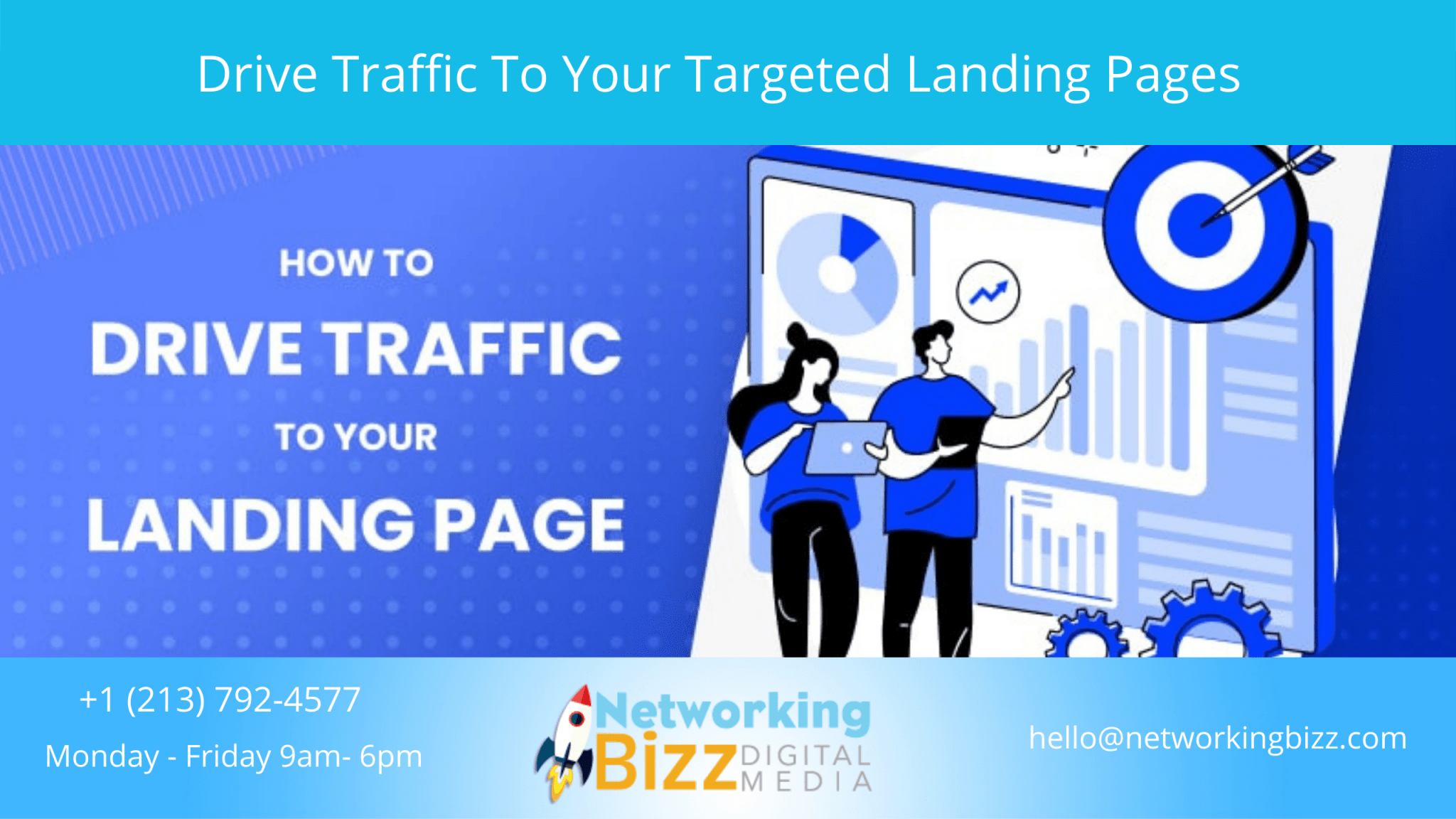How can you drive more traffic to targeted landing pages when searchers are directed to informational pages?
There are some things you can do to help attract more traffic to your key landing pages.
First, I want to address your comment about implementing more keywords on your home page.
While your home page tends to be the highest authority page, I prefer to focus on other landing pages in addition to the home page. I also would not recommend removing the content on ranking pages and pasting it onto the home page.
In other words, instead of trying to optimize the home page for all of my important keywords, I much prefer to optimize landing pages on specific topics, keywords, and intent.
With that in mind, let’s go over some things you can do to remedy your traffic situation.
1. Review Rankings And Queries On A Page Level
You need to determine what each page is ranking for and the queries Google has associated with it.
If you are not already, be sure to track your rankings in an SEO tool, such as Semrush, SpyFu, SE Ranking, Rank Ranger, Moz, etc. (there are a ton of great tools).
Don’t just look at the ranking overview, but instead drill down into what each page is ranking for.
In addition, use Google Search Console to determine the queries for each page.
When you are in Google Search Console, navigate to Performance and choose your timeframe. I would recommend viewing the last three months of data and filtering per page you want to analyze, as shown below.
This analysis will give you a better understanding of how Google views the content on your page.
For the key landing pages that you are trying to drive more traffic to, see if there are queries that are a good match but not ranking well. Then, look for opportunities to better optimize the page.
For instance, you might look at updating your page title and H1 to include those queries and/or ensure they are used within the page’s content.
However, you also need to do a little more research first to determine the intent behind those search queries, which leads to the next tip.
2. Determine Search Intent
I recently identified searcher intent as one of the major areas to consider with the future of SEO (you can read more here: How Can We Prepare for What SEO May Look Like In Future?).
It’s not a new concept, but it just seems to continue to become more important.
So, how do you figure out searcher intent? It’s actually not that hard.
Once you have found the queries/keywords you want to better target for the page, do additional research to see what Google views as the intent behind each of those keywords.
This is where SEO tools come back in.
Most tools will show you the top-ranked pages in search results for each keyword. Go through the top ten to determine the intent of those pages.
Are they informational?
Are they shopping pages, such as product pages?
Make sure the page you are trying to optimize matches that intent. For example, if you are targeting a keyword and the top-ranked pages are all informational, then your page should be as well (and vice versa with shopping pages).
Now, what do you do if you have a product category page that you want to rank instead of your informational page?
You might consider adding an FAQ section on the page that includes commonly asked questions about that category with information-rich answers.
This is also your chance to weave in more keywords.
3. Update Internal Links
One final thing you should consider is how you are linking internally.
Are you using keyword-rich anchor text to link to your internal pages?
This approach will help you build a clear structure within your site and also build authority for the topics you are targeting with your landing pages.
Here is a great article that dives deep into this concept: Site Structure & Internal Linking in SEO: Why It’s Important.
Once you have followed these steps, continue to monitor each page’s rankings, as well as clicks and queries within Google Search Console.
You might need to make further adjustments to get that targeted traffic to your key landing pages.

